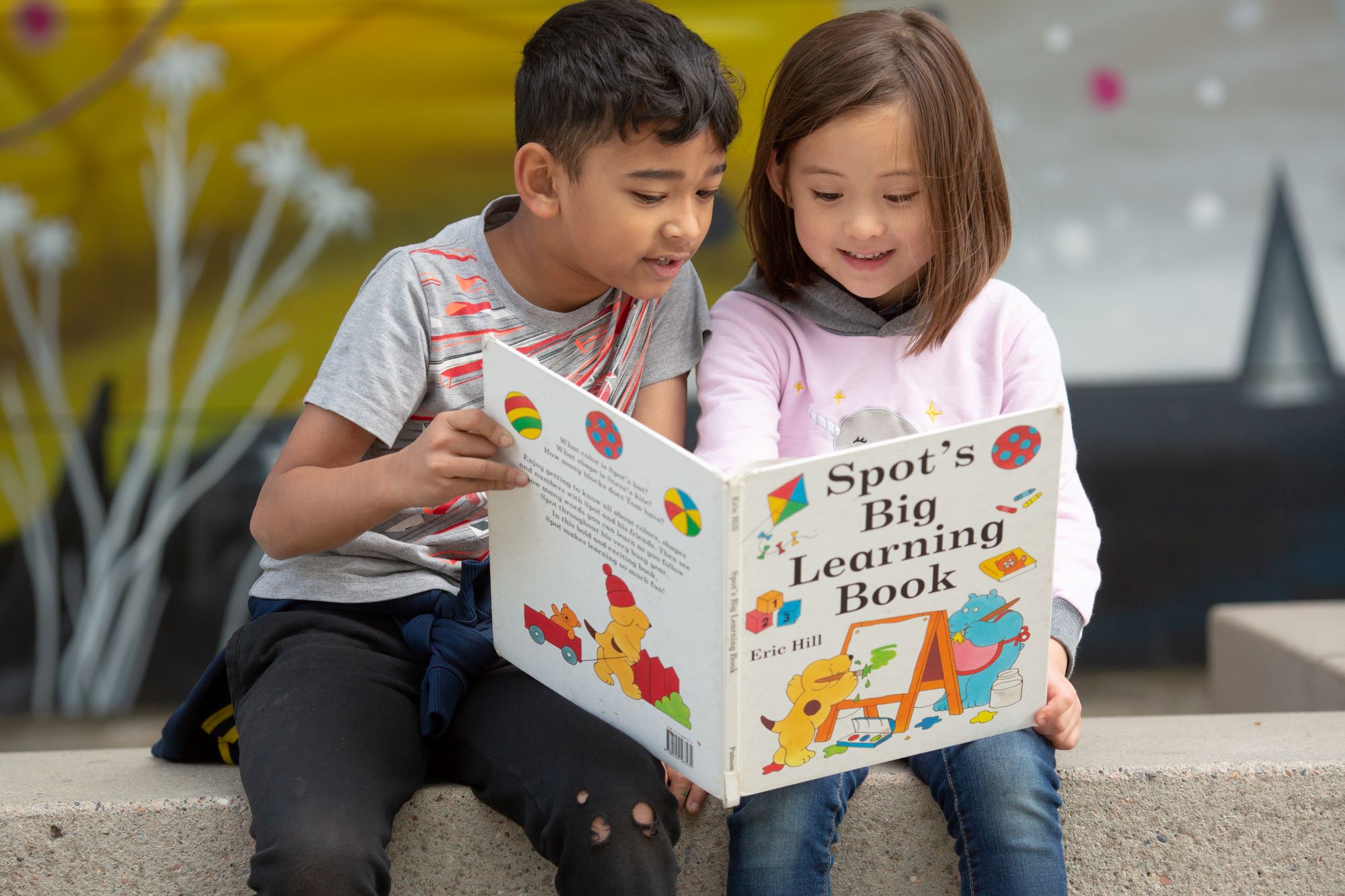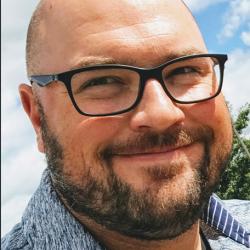
Tap Into Your Capacity for Wonder
The Cambridge Dictionary has my favorite definition of "Wonder" — “a feeling of great surprise and admiration caused by seeing or experiencing something strange and new.” Spend a little time in any Kindergarten classroom, and you’ll know it when you see it. Everything is exciting; there is curiosity, and inquiry, and every student is immersed in a state referred to as “flow.” Flow is “being completely involved in an activity for its own sake."
Wonder is one of those states of consciousness we spend less and less time in as we move from kindergarten to adulthood. We still need to spend time in that state of wonder while maintaining balance with our lives consumed by adulting. As educators, we owe it to ourselves and our students to find opportunities for our wonder. In return, we can help our students keep that connection to wonder into adulthood.
A Story of Wonder
I regained my sense of joy and wonder as an educator in my Kindergarten classroom, where my PBL journey began. Being a Kindergarten teacher will go down in my personal history as the most incredible job I have ever had for two very specific reasons.
The first is that I worked with 25 humans that still had wonder every day. They challenged me to figure out where my wonder went: What happened to it? How am I going to get it back?
This brought me to the second greatest thing my students gave me. The best times I have ever had as an educator were when I walked a journey with my students as a co-learner, hand in hand with them. PBL helped me get there.
One day in class, I had a student show me a video of a 3D Printer. He was so excited about it. It wasn’t long before he had me researching 3D printing at 2 a.m. Eventually, during some classroom unstructured playtime, the entire class was building 3D printers with blocks and Legos.
Wonder was rampant in our room. I had to follow their lead. In short order, I was grant writing and we ordered our first of many printers. I knew nothing about them, and neither did they. So now what?
I started by creating 3-4 driving questions with what I’d learned in my recent PBL 101 training, and we were on our way. We used our Project Based Learning skills to answer our wonder. My students learned how to use Tinker CAD, GCode, and Slicing Engines by sustaining their (and my own) inquiry over a two-semester period. This led us to put on Indiana’s first school "Maker Faire" as our public product. The students showed off their host of inventions to the community.
Wonder started to creep back into my life as I walked alongside my students, experiencing something strange and new. I also entered another state that Mihaly Csikszentmihalyi calls “flow.” Those times in life when “you lose track of time in your work and begin to realize that...the most enjoyable activities are not natural; they demand an effort that initially one is reluctant to make. But once the interaction provides feedback to the person's skills, it usually begins to be intrinsically rewarding.”
How Could You Wonder?
In another example, as a Principal in an elementary setting, we flipped the script on professional development. In order to foster wonder and opportunities for flow for our students, we had to create the conditions necessary to tap back into it as a staff.
In a school-wide project we dubbed “Project UnSchool,” each teacher was allotted a certain amount of funding to chase something they had wondered about or had always wanted to learn. Teachers were then tasked with using the PBL planning process to become co-learners alongside their students.
This also is a key to our PBL Equity Levers. Within the equity lever of "Knowledge of Students," we can harness that knowledge to develop things we know our students love and believe in. Shared power allows us to tap into our vulnerability, and walk that learning journey alongside our students.
Teachers took classes on pioneer soap making, goat yoga, wood-fired pizza, beekeeping, ice cream making, raising chickens, coding, maple syrup, canning, and more. Once they chose their new wonder, teachers co-learned alongside the students in the Project Based Learning units they developed during their time in PBLWorks' PBL 101 Workshop.
Student wonder, engagement, and products were excellent. Kids were taking their newfound passions home, teaching siblings, and looking forward to learning something new with their teacher—not for their teacher. Teachers talked about how their days were flying by and wished they had planned for more time, as time was simply disappearing throughout the day. It was fun to join teachers at lunch where the discussion topics centered around their new passions. All because of wonder. I got to see the other side of the definition of wonder, admiration for something new.
First Steps
If you could teach students anything in the world, what would it be? Start with something you love to do. Something that makes you wonder.
- Start by exploring something you have always wanted to learn
- Tap into the Equity Lever: "Knowledge of Students" to learn something your students are passionate about
- Pull from something you have more to learn about, expand on your passion, and use shared power in the classroom to gain more knowledge about the topic alongside your students
- Flip the idea of Professional Development by looking at opportunities to take classes in your community outside of educational professional development
There is no right or wrong answer. Start with a passion of your own, your students’, or something you have always wanted to learn. Rephrase that as a driving question and walk that journey of wonder alongside your students. Will it take time to go through that process, for yourself and alongside your students? Yes. But believe me, you won’t regret it.
If you’d like to learn more about Wonder, check out these other blog posts by current and former PBLWorks staff members.
- “If You Name It, They Think They Know It” – PBL & Wonder by Sarah Field
- PBL at Home: Wonder While We Wander by James Campbell
Other References and Recommend Reading:
Flow by Mihaly Csikszentmihalyi

